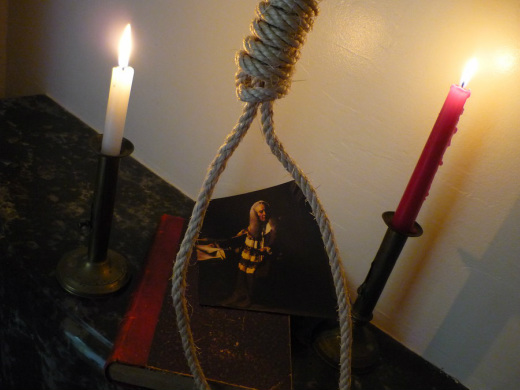
Lord Byron featured gothic heroes in many of his works, including “Childe Harold” and “Manfred.” Emily Bronte’s “Wuthering Heights” contains a prominent gothic hero in Heathcliff. Gothic literature popularized the notion of the anti-hero, a flawed protagonist who incorporates dark or monstrous elements. A literary tableaux - a description of a static scene - can establish mood or convey symbolism. Shifting narrators - such as those in William Faulkner’s Southern gothic “As I Lay Dying" - give different perspectives on the plot.

Gothic literature contains experimental techniques such as shifting narrators and literary tableaux. The development of gothic literature paralleled that of the novel as art, and reached its apogee in the first half of the 20th century. William Bedford’s “Vathek,” set in the Middle East, helped popularize Orientalism, a 19th century fascination with Arabic and Asian cultures. Exotic LocalesĮxotic settings featured in some of the earliest gothic works, and remained a key element throughout the genre’s history. As the genre matured into the 20th century, writers began to portray the internal horror of psychosis, as in Charlotte Perkins Gilman’s “The Yellow Wallpaper.” Poe’s “The Telltale Heart,” which examines the psychology of guilt, stands as an earlier example of this tendency. Themes of madness and emotional distress characterize the psychological emphasis of gothic literature. Hyde” and Ann Radcliffe’s “The Mysteries of Udolpho” also provide examples of gothic horror. Mary Shelley’s “Frankenstein,” with its graveyards, gloomy castle and iconic monster, became a bestseller upon its first single-volume publication. Many of gothic literature’s most influential works make heavy use of horror elements. This appears in the trope of the doomed romance, as in Edgar Allan Poe’s “Annabel Lee,” or in the appearance of a demonic lover figure, such as the bloodthirsty vampire in Bram Stoker’s “Dracula.” Horror In the chaste Victorian era, Gothic literature provided an outlet for the exploration of sexuality.


 0 kommentar(er)
0 kommentar(er)
